Home>Gardening & Outdoor>Outdoor Recreation & Activities>How Does A Swimming Pool Heat Pump Work


Outdoor Recreation & Activities
How Does A Swimming Pool Heat Pump Work
Published: February 18, 2024
Learn how swimming pool heat pumps work and efficiently heat your pool. Discover the benefits of this outdoor recreation and activities essential.
(Many of the links in this article redirect to a specific reviewed product. Your purchase of these products through affiliate links helps to generate commission for Storables.com, at no extra cost. Learn more)
Introduction
Swimming pool heat pumps are essential for maintaining comfortable water temperatures, allowing individuals to enjoy their pool year-round. These innovative devices utilize advanced technology to efficiently heat pool water, providing a cost-effective and eco-friendly alternative to traditional heating methods.
By harnessing the principles of thermodynamics, swimming pool heat pumps can extract heat from the surrounding air and transfer it to the pool water. This process enables pool owners to extend their swimming season, ensuring that the water remains warm and inviting even during cooler months.
Understanding the inner workings of swimming pool heat pumps is crucial for both pool owners and enthusiasts. This knowledge empowers individuals to make informed decisions regarding the installation, maintenance, and operation of these systems, ultimately enhancing their overall pool experience.
In the following sections, we will delve into the intricacies of swimming pool heat pumps, exploring their components, heating process, energy efficiency, cost savings, and maintenance requirements. By gaining a comprehensive understanding of these aspects, readers will be equipped to maximize the benefits of their swimming pool heat pump while optimizing its performance and longevity.
Key Takeaways:
- Swimming pool heat pumps use the surrounding air to warm pool water, extending the swimming season and saving energy costs. They work by transferring heat through a cycle of evaporation, compression, condensation, and expansion.
- Regular maintenance, including cleaning coils and monitoring refrigerant levels, is crucial for maximizing the efficiency and lifespan of swimming pool heat pumps. Professional servicing helps prevent costly repairs and ensures uninterrupted enjoyment of warm pool water.
Read more: Swimming Pool Heat Exchanger: How It Works
The Basics of Heat Pumps
At their core, heat pumps are highly efficient devices designed to transfer heat from one location to another. They operate on the fundamental principle that heat naturally moves from a warmer area to a cooler one. This process is facilitated by a refrigerant, a substance with a low boiling point that readily changes from liquid to gas and back again.
When it comes to swimming pool heat pumps, the primary objective is to extract heat from the surrounding air and transfer it to the pool water. This is achieved through a cyclic process that involves four main stages: evaporation, compression, condensation, and expansion.
During the evaporation stage, the refrigerant within the heat pump's evaporator coil absorbs heat from the ambient air, causing it to transform from a liquid state to a gaseous state. This low-pressure, low-temperature gas is then compressed by the pump's compressor, significantly raising its temperature.
As the now-hot gas moves into the condenser, it releases its heat energy to the cooler pool water circulating through the heat exchanger. This transfer of heat causes the refrigerant to revert to a liquid state. The liquid refrigerant then passes through an expansion valve, where its pressure and temperature are reduced, preparing it to repeat the cycle once more.
One of the key advantages of heat pumps is their ability to operate in reverse, allowing them to both heat and cool. This versatility makes them a popular choice for maintaining comfortable temperatures in various settings, including homes, commercial buildings, and of course, swimming pools.
In summary, the basic operation of a heat pump involves the transfer of heat through the evaporation, compression, condensation, and expansion of refrigerant. This process enables swimming pool heat pumps to efficiently and consistently warm pool water, providing a reliable and sustainable solution for extending the swimming season.
Components of a Swimming Pool Heat Pump
A swimming pool heat pump comprises several essential components that work in harmony to facilitate the efficient heating of pool water. Understanding these components is crucial for comprehending the functionality and operation of the heat pump. Let's explore the key elements that constitute a typical swimming pool heat pump:
-
Evaporator Coil: This component is responsible for absorbing heat from the surrounding air. As the refrigerant within the evaporator coil evaporates, it draws in thermal energy from the ambient air, initiating the heat transfer process.
-
Compressor: The compressor plays a pivotal role in elevating the temperature of the refrigerant gas. By compressing the low-pressure gas, the compressor increases its temperature, preparing it for the subsequent heat exchange with the pool water.
-
Condenser Coil: As the hot, pressurized gas exits the compressor, it enters the condenser coil, where it releases its heat energy to the cooler pool water circulating through the heat exchanger. This transfer of heat causes the refrigerant to condense back into a liquid state.
-
Expansion Valve: Following the condensation process, the liquid refrigerant passes through the expansion valve, where its pressure and temperature are significantly reduced. This prepares the refrigerant to re-enter the evaporator coil and repeat the heat transfer cycle.
-
Fan: The fan, typically located near the evaporator coil, facilitates the airflow necessary for heat absorption. By drawing in ambient air, the fan ensures that the evaporator coil can effectively extract heat from the surroundings.
-
Heat Exchanger: This component enables the transfer of heat from the hot refrigerant gas to the pool water. By circulating the pool water through the heat exchanger, the heat pump effectively warms the water before returning it to the pool.
-
Control Panel: The control panel houses the heat pump's electronic controls and user interface, allowing for convenient operation, temperature adjustments, and system monitoring.
Understanding the function and interplay of these components provides insight into the intricate process through which a swimming pool heat pump efficiently heats pool water. By harnessing the principles of thermodynamics and refrigeration, these components work together to ensure a consistent and reliable supply of warm water, extending the swimming season and enhancing the overall pool experience.
The Heating Process
The heating process of a swimming pool heat pump is a remarkable feat of thermodynamic engineering, enabling the efficient transfer of heat from the surrounding air to the pool water. This process begins with the heat pump's evaporator coil, where the refrigerant, typically a specialized blend of gases, absorbs heat from the ambient air. As the refrigerant evaporates, it draws in thermal energy from the surroundings, initiating the heat transfer cycle.
Once the refrigerant has absorbed an ample amount of heat, it transforms into a low-pressure, low-temperature gas. This heat-laden gas is then compressed by the heat pump's compressor, a crucial component that plays a pivotal role in elevating the temperature of the refrigerant. Through compression, the gas's temperature significantly increases, preparing it for the subsequent heat exchange with the pool water.
The now-hot, pressurized gas moves into the condenser coil, where it releases its accumulated heat energy to the cooler pool water circulating through the heat exchanger. This transfer of heat causes the refrigerant to condense back into a liquid state. The liquid refrigerant then passes through an expansion valve, where its pressure and temperature are dramatically reduced, preparing it to re-enter the evaporator coil and repeat the heat transfer cycle.
The entire heating process is driven by the principles of thermodynamics and the unique properties of the refrigerant, which enable it to transition between liquid and gaseous states at relatively low temperatures. This cyclic process allows the swimming pool heat pump to consistently and efficiently warm the pool water, ensuring a reliable supply of comfortably heated water for swimming and recreation.
By harnessing the ambient air as a renewable heat source, swimming pool heat pumps offer a sustainable and cost-effective solution for maintaining optimal water temperatures. This heating process not only extends the swimming season but also minimizes energy consumption, making it an environmentally conscious choice for pool owners seeking both comfort and efficiency.
In summary, the heating process of a swimming pool heat pump is a testament to the ingenuity of thermodynamic engineering, leveraging the natural properties of refrigerants to facilitate the transfer of heat from the air to the pool water. This process underscores the effectiveness and sustainability of heat pumps in providing a consistent and reliable source of warmth for swimming pools, enhancing the overall pool experience for enthusiasts and owners alike.
Energy Efficiency and Cost Savings
Swimming pool heat pumps are renowned for their exceptional energy efficiency and the resulting cost savings they offer to pool owners. Unlike traditional heating methods that rely on burning fossil fuels, such as gas or oil, heat pumps utilize ambient air as a renewable heat source, making them an environmentally friendly and sustainable option. This inherent efficiency not only reduces the carbon footprint associated with pool heating but also translates into significant cost savings over time.
One of the primary factors contributing to the energy efficiency of swimming pool heat pumps is their high coefficient of performance (COP). The COP represents the ratio of heat output to the amount of electricity input, effectively quantifying the efficiency of the heat pump. In the case of swimming pool heat pumps, a high COP indicates that for every unit of electricity consumed, the heat pump can generate a substantial amount of heat, making it an incredibly efficient heating solution.
Furthermore, the utilization of ambient air as a heat source eliminates the need for fuel consumption, resulting in lower operational costs compared to traditional heating methods. This can lead to substantial long-term savings on energy bills, especially in regions with moderate to warm climates where heat pumps can efficiently extract heat from the air throughout the year.
Additionally, the longevity and durability of swimming pool heat pumps contribute to their cost-effectiveness. When properly maintained, these systems can provide reliable heating for extended periods, reducing the need for frequent replacements or repairs. This long-term reliability translates into sustained cost savings for pool owners, as they benefit from consistent and efficient pool heating without incurring excessive maintenance expenses.
Moreover, the eco-friendly nature of heat pumps aligns with the growing emphasis on sustainable practices and environmental responsibility. By choosing a swimming pool heat pump, owners not only enjoy reduced energy costs but also contribute to the preservation of natural resources and the reduction of greenhouse gas emissions.
In summary, the energy efficiency and cost savings associated with swimming pool heat pumps make them a compelling choice for pool owners seeking sustainable, economical, and reliable heating solutions. By harnessing the ambient air as a renewable heat source and boasting high COP values, heat pumps offer a compelling combination of environmental friendliness and long-term financial benefits, enhancing the overall appeal of these innovative heating systems.
Read more: How Does A Swimming Pool Pump Work
Maintenance and Care for Swimming Pool Heat Pumps
Proper maintenance and care are essential for ensuring the optimal performance and longevity of swimming pool heat pumps. By adhering to a regular maintenance regimen, pool owners can maximize the efficiency of their heat pump while minimizing the risk of malfunctions and costly repairs. Here's a comprehensive guide to maintaining and caring for swimming pool heat pumps:
Regular Inspections
Regular visual inspections of the heat pump and its components are crucial for identifying any signs of wear, damage, or debris accumulation. Pool owners should routinely check the evaporator and condenser coils, ensuring they are free from dirt, leaves, and other obstructions that could impede heat transfer. Additionally, inspecting the fan for any debris buildup and ensuring unobstructed airflow is vital for optimal heat pump operation.
Cleaning and Debris Removal
Periodically cleaning the evaporator and condenser coils is essential for maintaining efficient heat exchange. Using a gentle stream of water or a specialized coil-cleaning solution can help remove accumulated dirt and debris, allowing the coils to effectively absorb and release heat. Clearing any debris from the fan and ensuring unrestricted airflow is also critical for preventing overheating and optimizing performance.
Refrigerant Levels and Leak Detection
Monitoring the refrigerant levels and checking for potential leaks is a fundamental aspect of heat pump maintenance. Pool owners should enlist the expertise of a qualified technician to inspect the refrigerant lines, ensuring there are no leaks or pressure issues. Maintaining proper refrigerant levels is essential for the heat pump to operate at peak efficiency and should only be handled by experienced professionals.
Read more: How Long To Heat A Swimming Pool
Electrical Components and Controls
Regularly inspecting the electrical connections, wiring, and control panel of the heat pump is vital for identifying any issues that could compromise its operation. Ensuring that all electrical components are secure, free from corrosion, and functioning correctly is essential for safe and reliable heat pump operation.
Professional Servicing
Engaging the services of a certified technician for annual maintenance and servicing is highly recommended. Professional technicians can conduct comprehensive inspections, perform routine maintenance tasks, and address any potential issues before they escalate. This proactive approach can help prevent costly repairs and ensure that the heat pump operates optimally throughout its lifespan.
By adhering to these maintenance practices and seeking professional servicing when necessary, pool owners can prolong the life of their swimming pool heat pumps and enjoy consistent, efficient heating for their pools. Prioritizing regular maintenance and care not only safeguards the investment in the heat pump but also enhances the overall pool experience, allowing for uninterrupted enjoyment of warm, inviting pool water.
A swimming pool heat pump works by extracting heat from the outside air and transferring it to the pool water. This process is efficient and cost-effective, making it a popular choice for heating pools.
Conclusion
In conclusion, swimming pool heat pumps are a testament to the remarkable fusion of advanced technology, thermodynamic principles, and environmental consciousness. These innovative heating systems offer a sustainable and cost-effective solution for maintaining optimal water temperatures, extending the swimming season, and enhancing the overall pool experience for owners and enthusiasts.
The intricate operation of swimming pool heat pumps, driven by the cyclic transfer of heat through the evaporation, compression, condensation, and expansion of refrigerant, underscores their efficiency and reliability. By harnessing the ambient air as a renewable heat source, heat pumps provide a consistent and eco-friendly means of warming pool water, offering a compelling alternative to traditional heating methods.
The components of swimming pool heat pumps, including the evaporator coil, compressor, condenser coil, expansion valve, fan, heat exchanger, and control panel, work in harmony to facilitate the efficient heating of pool water. Understanding the function and interplay of these components provides insight into the intricate process through which heat pumps ensure a reliable supply of warm water, extending the swimming season and optimizing the pool experience.
Furthermore, the energy efficiency and cost savings associated with swimming pool heat pumps make them an attractive choice for pool owners. With high coefficients of performance (COP) and the utilization of ambient air as a heat source, heat pumps offer substantial long-term savings on energy bills while minimizing environmental impact. The durability and longevity of heat pumps further contribute to their cost-effectiveness, providing reliable heating without excessive maintenance expenses.
Proper maintenance and care are essential for maximizing the performance and lifespan of swimming pool heat pumps. Regular inspections, cleaning, refrigerant level monitoring, and professional servicing are crucial aspects of ensuring the optimal operation of heat pumps, safeguarding the investment and enhancing the overall pool experience.
In essence, swimming pool heat pumps exemplify the convergence of innovation, sustainability, and efficiency, offering a compelling solution for pool heating needs. By harnessing the principles of thermodynamics and leveraging renewable heat sources, heat pumps provide a reliable, eco-friendly, and cost-effective means of maintaining comfortable water temperatures, ultimately enriching the enjoyment of swimming pools for years to come.
Frequently Asked Questions about How Does A Swimming Pool Heat Pump Work
Was this page helpful?
At Storables.com, we guarantee accurate and reliable information. Our content, validated by Expert Board Contributors, is crafted following stringent Editorial Policies. We're committed to providing you with well-researched, expert-backed insights for all your informational needs.
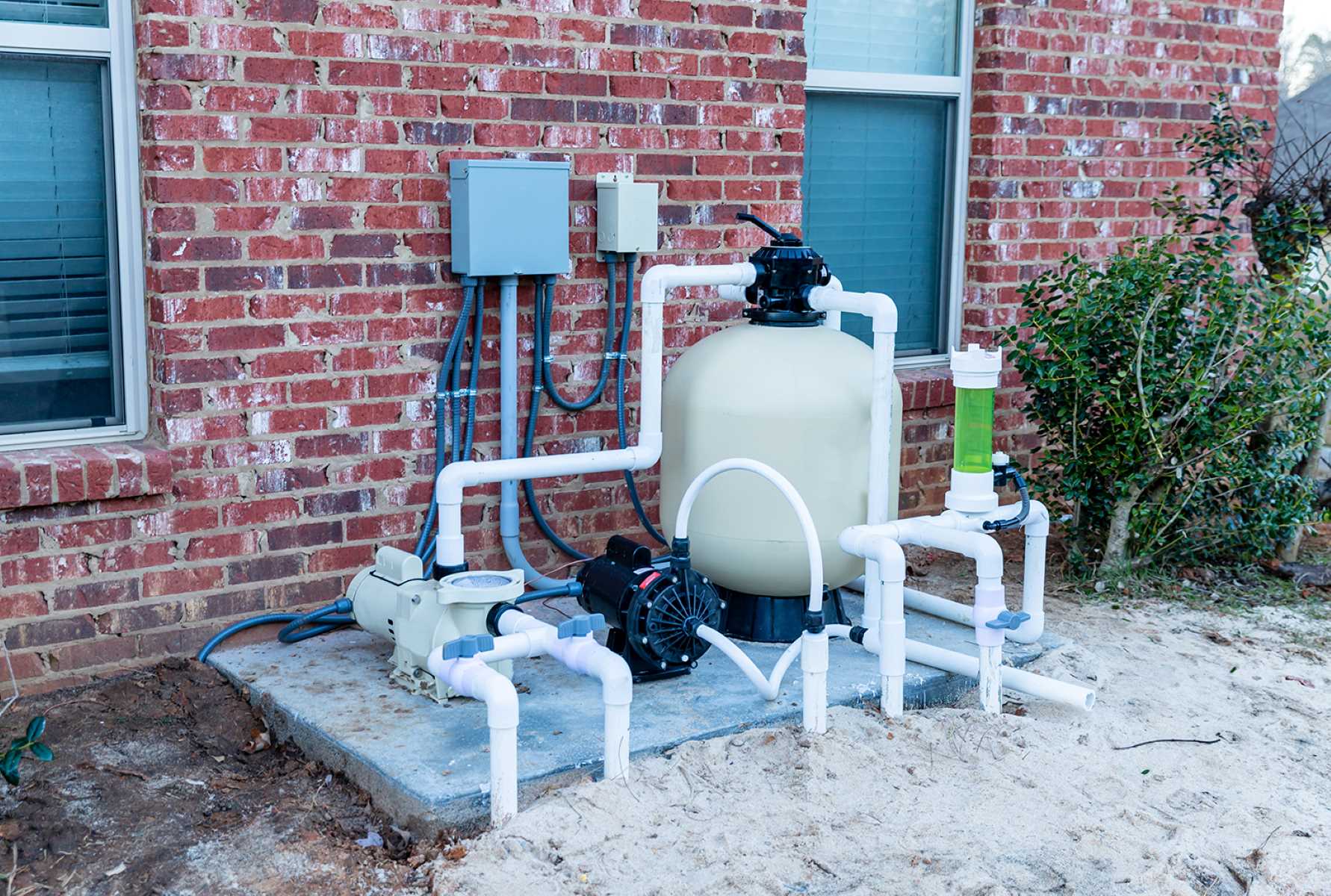
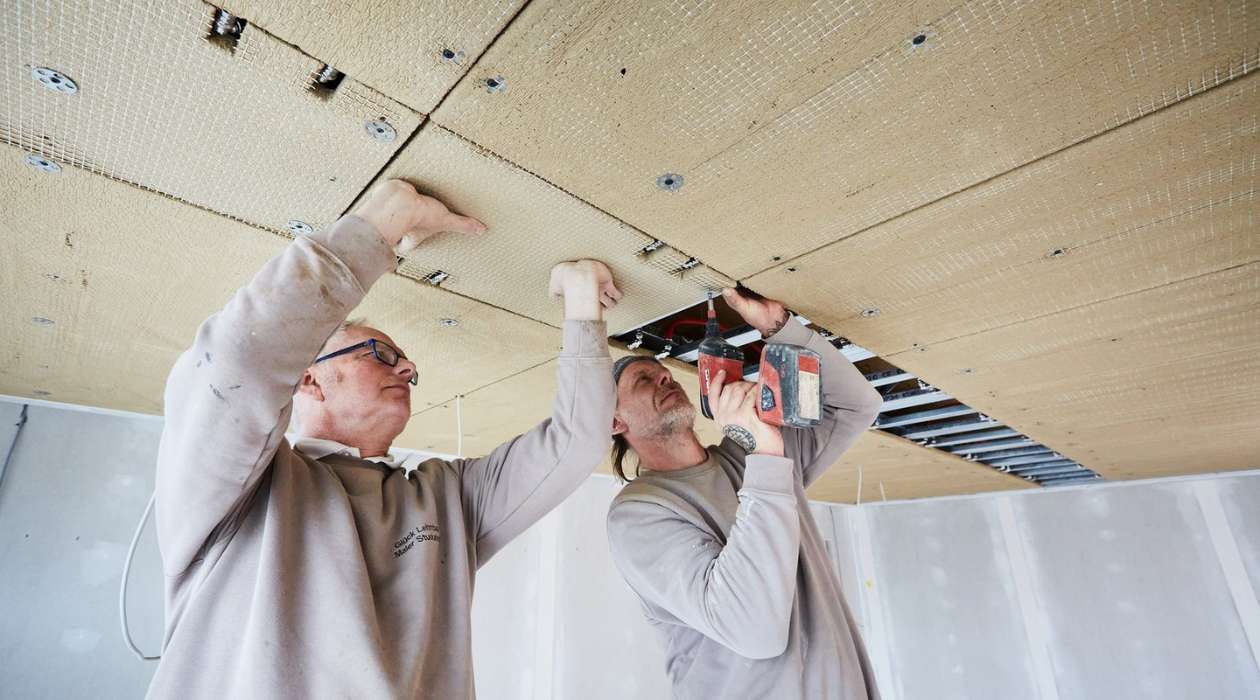
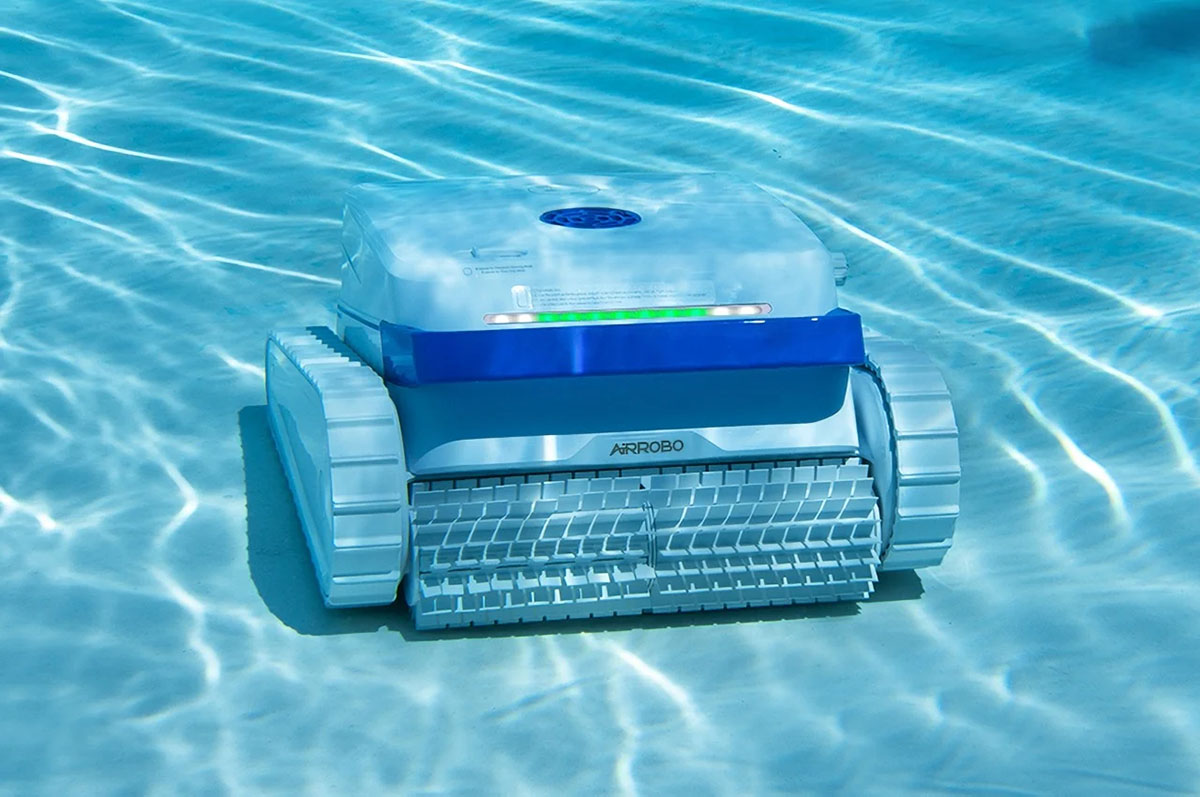
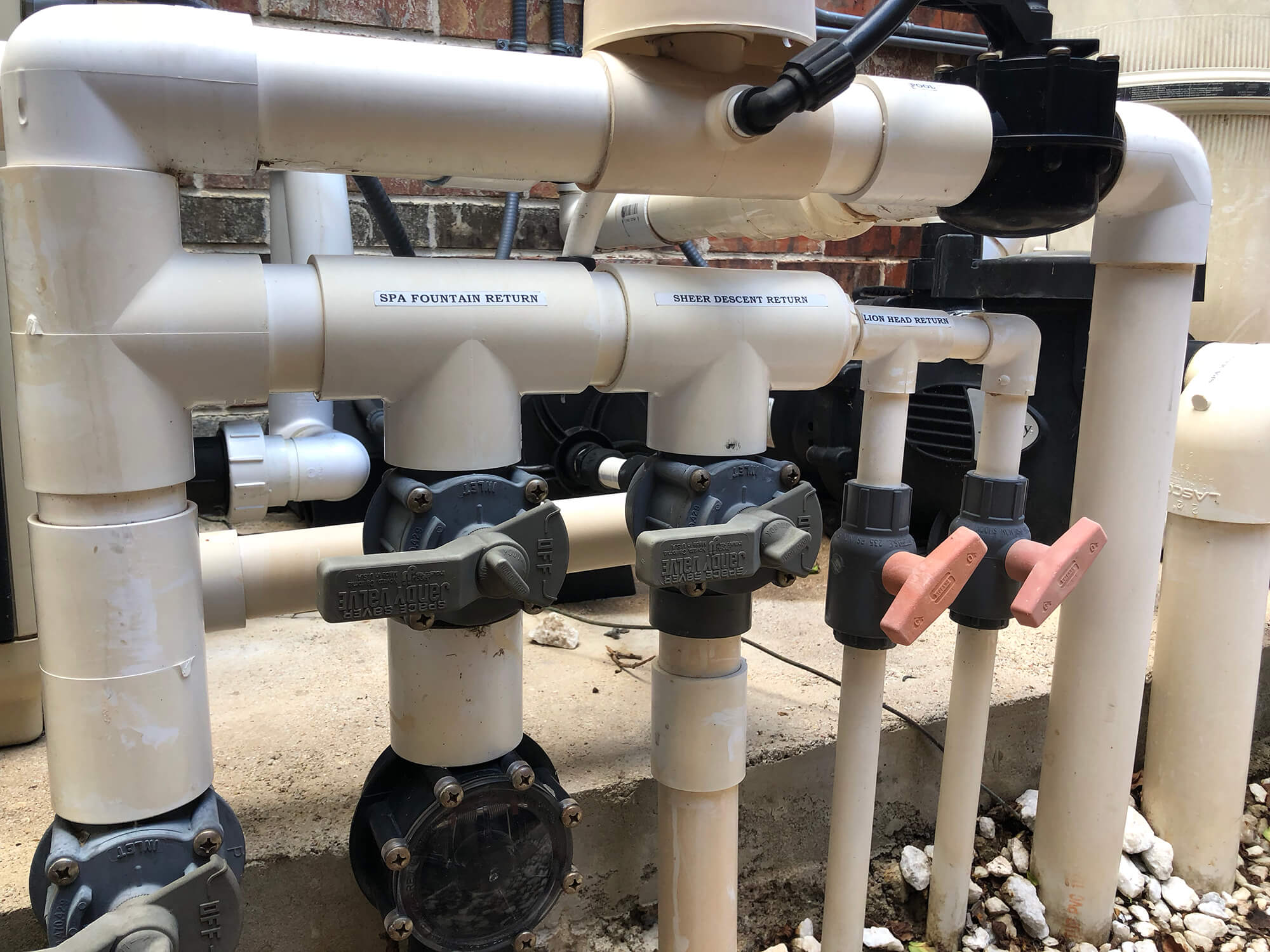

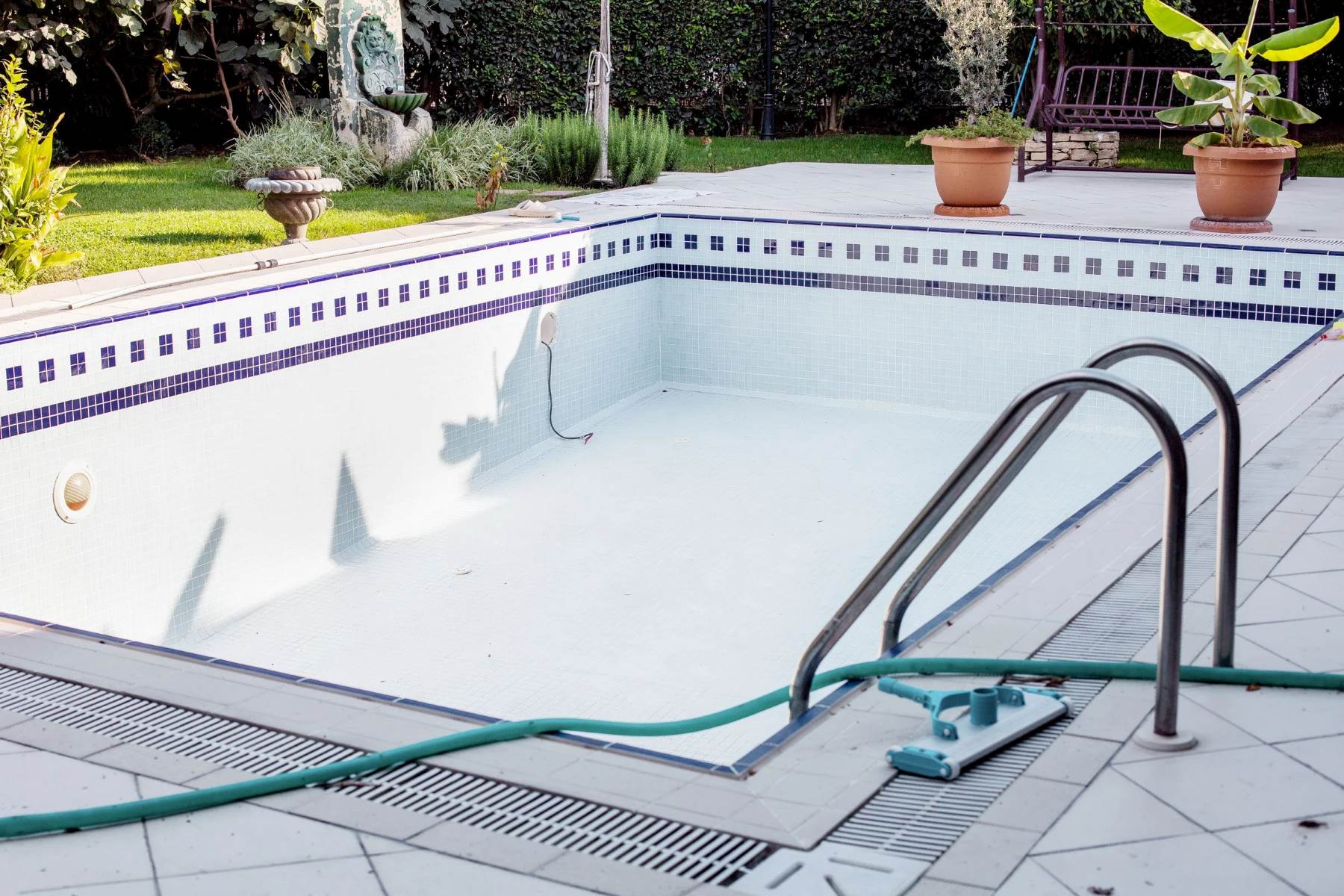
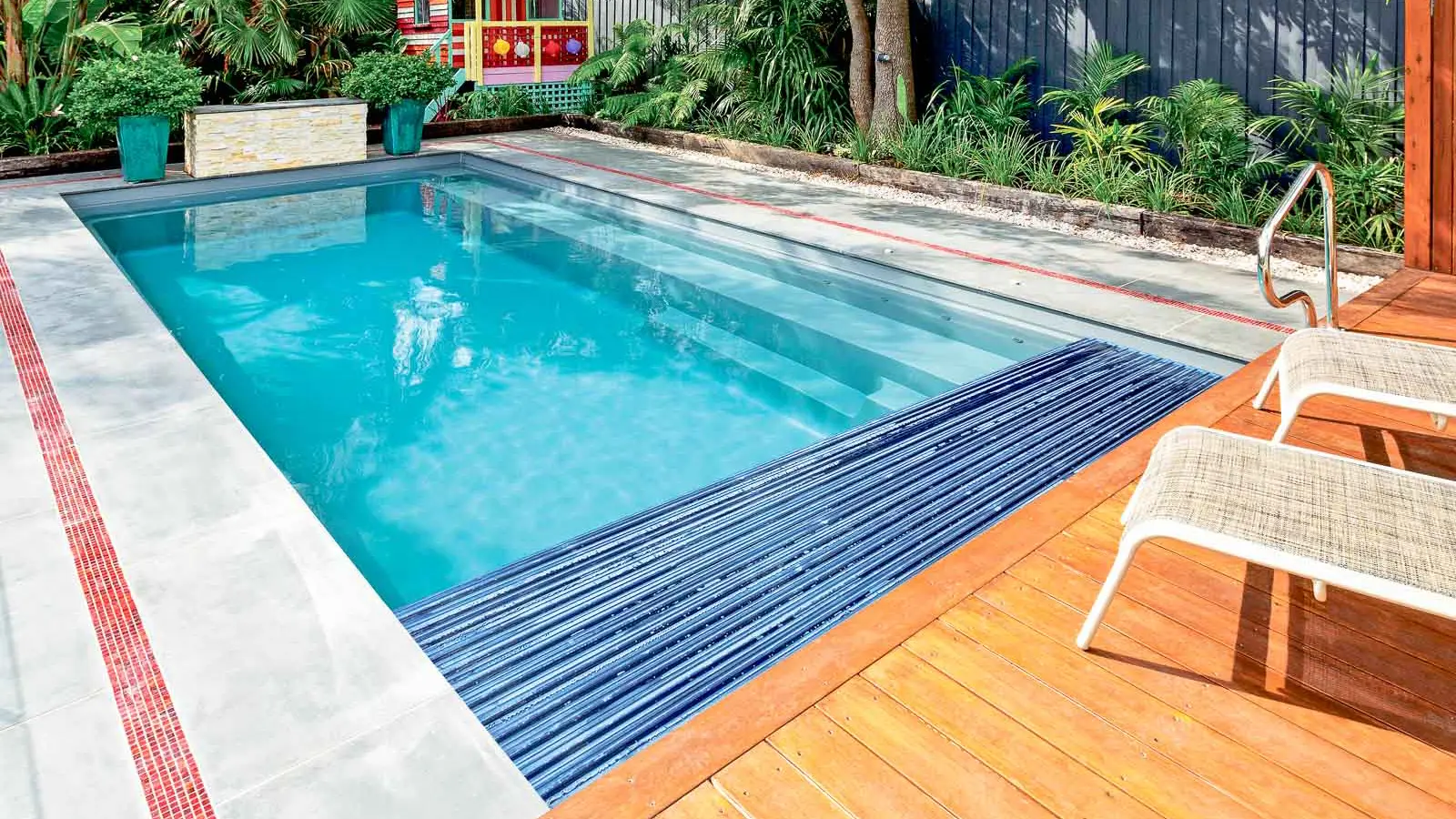

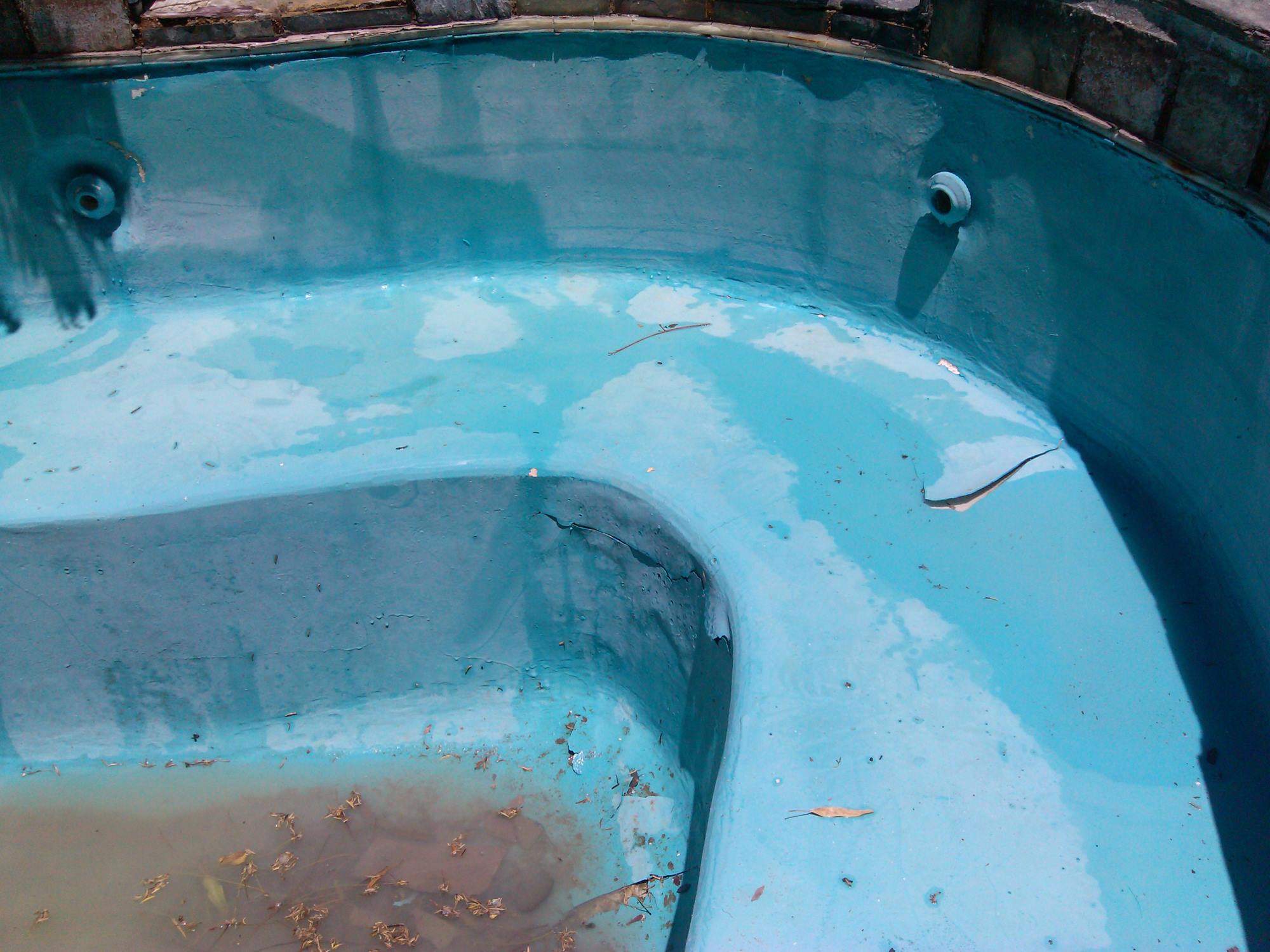

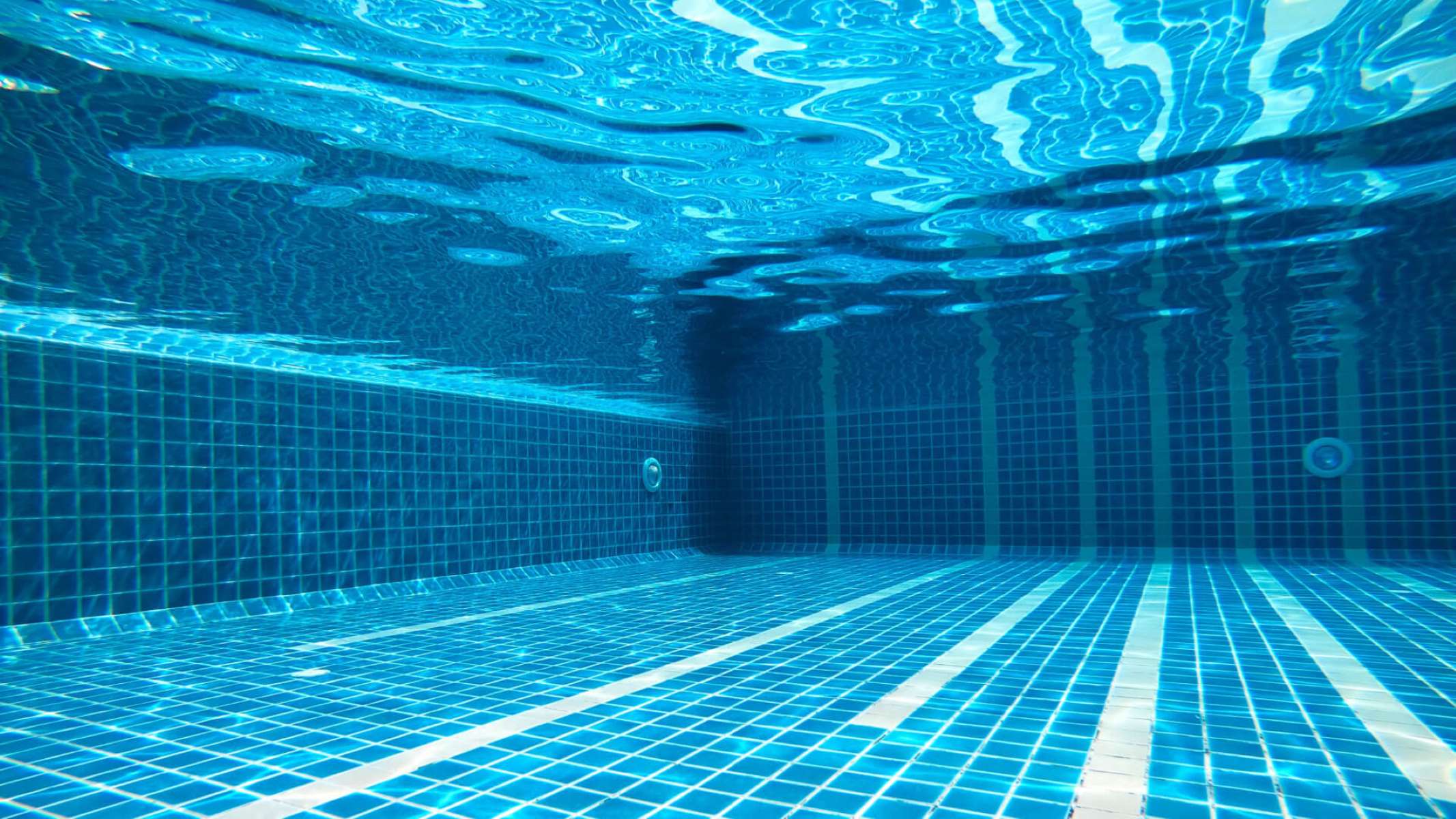
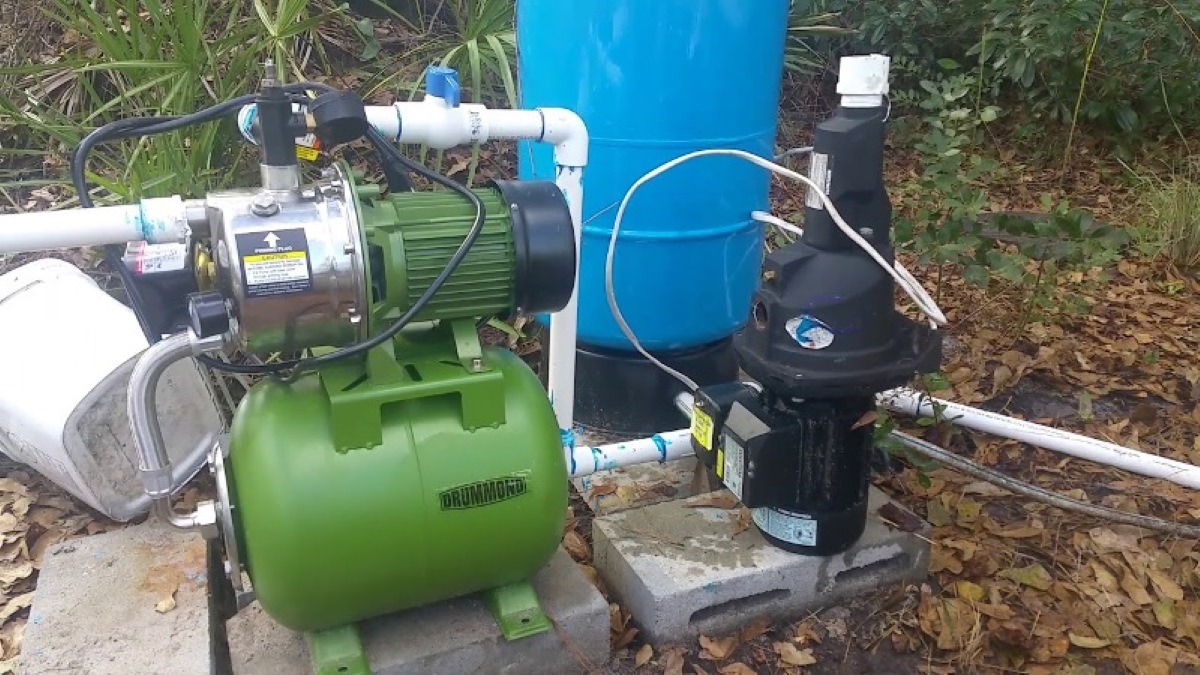
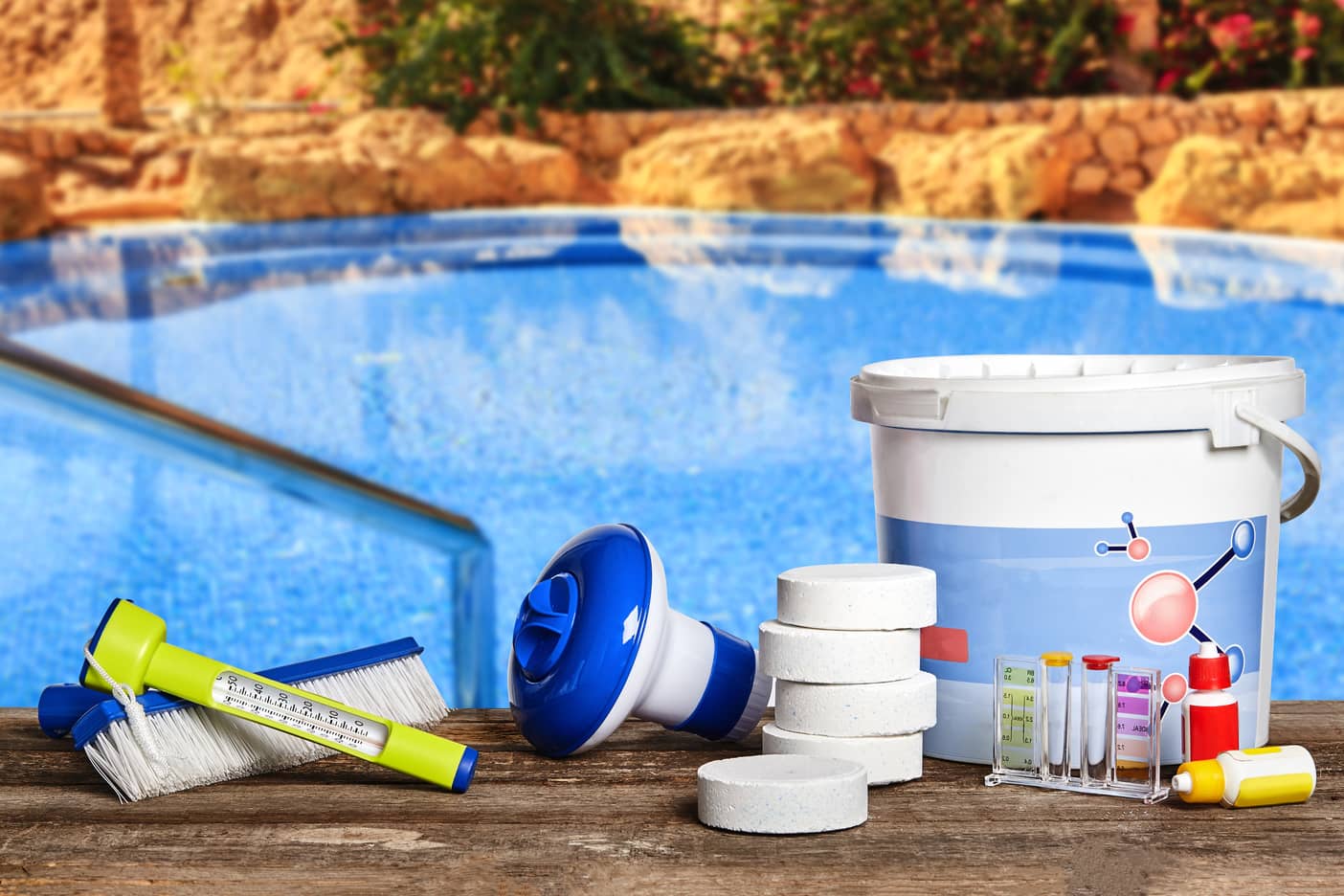

0 thoughts on “How Does A Swimming Pool Heat Pump Work”